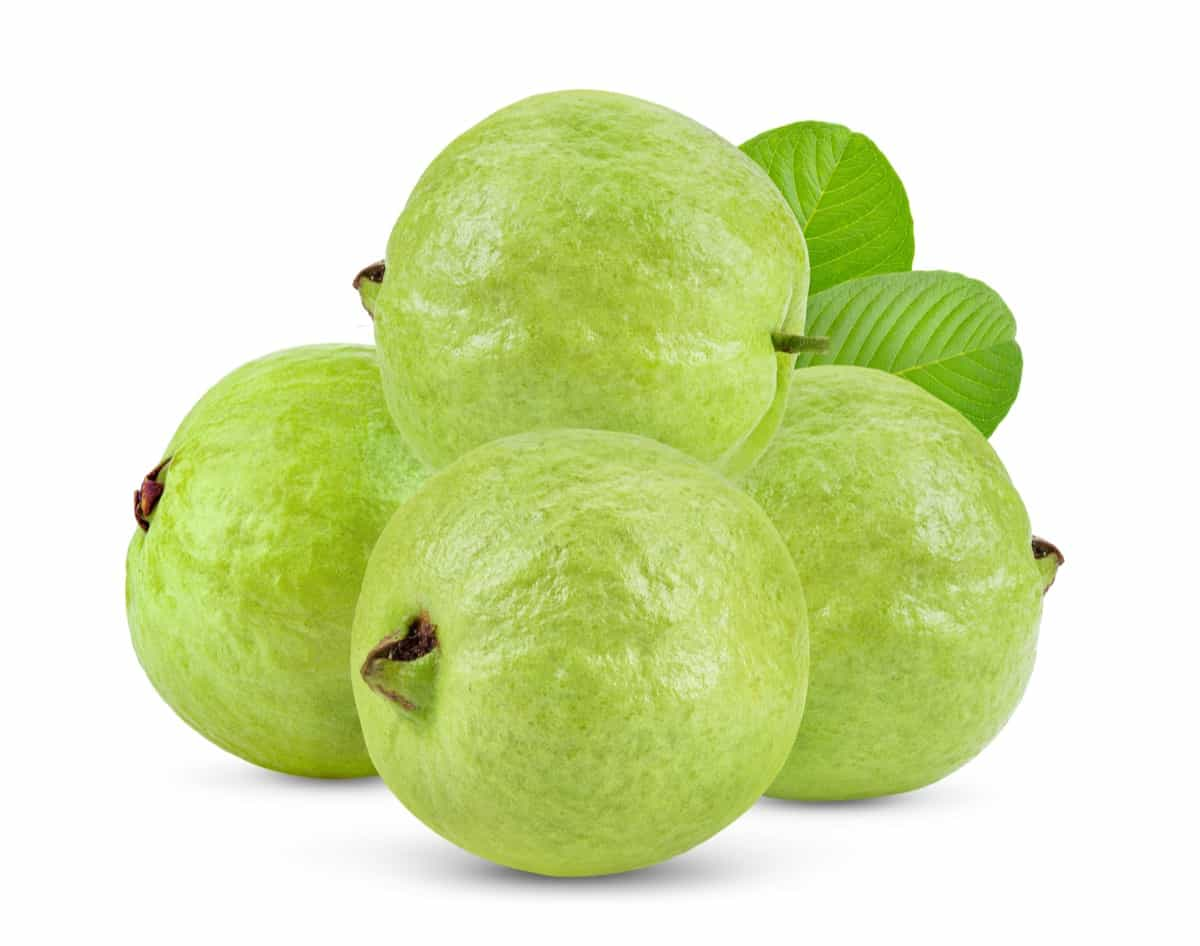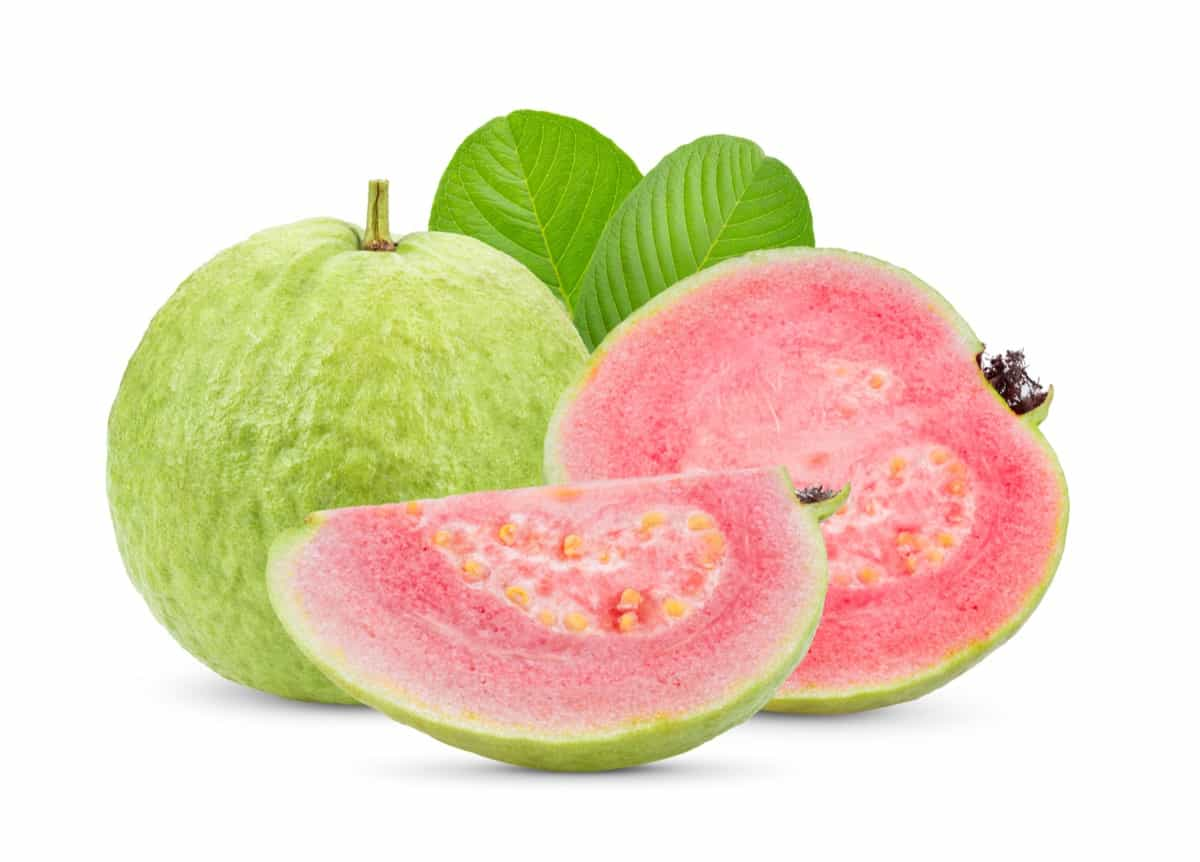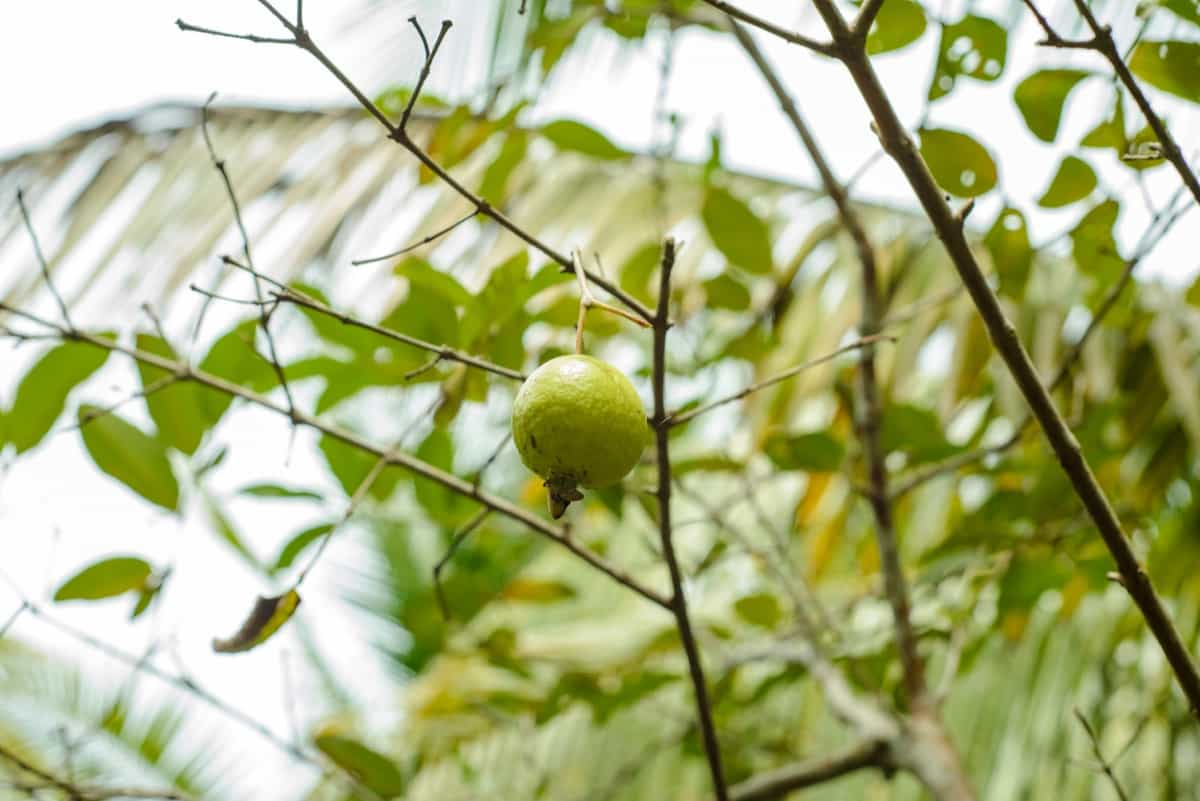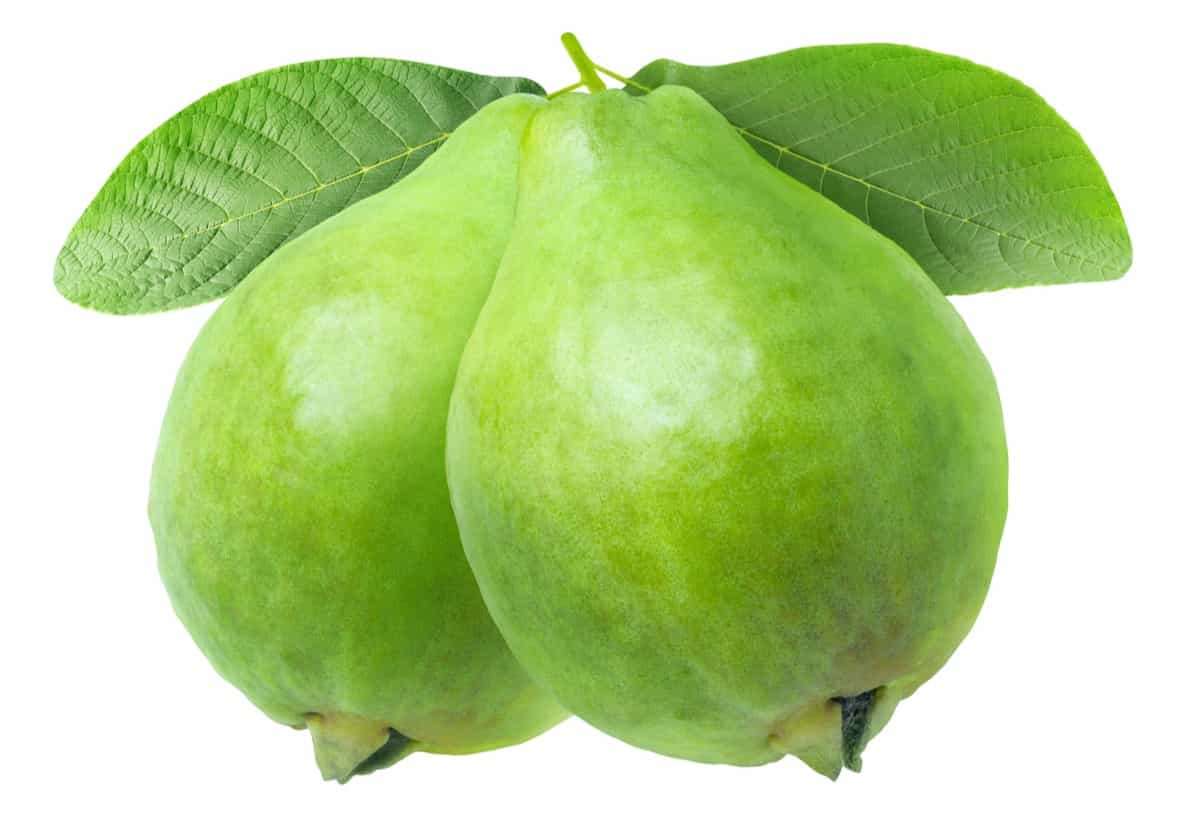By implementing proper fruit size management techniques, you can significantly increase the size of your Guava fruits in your orchard. Remember that achieving bigger Guava fruits requires a combination of different strategies tailored to meet your specific orchard’s needs. By considering factors like pruning techniques, nutrition management, pest control, and harvesting practices, you can enhance both the quantity and quality of your harvests.

How to Increase Guava Fruit Size
Optimizing Soil Nutrients for Larger Guava Fruits
When it comes to growing Guava fruits, one of the key factors that directly impact their size is the nutrient content in the soil. By optimizing soil nutrients, you can help your Guava trees produce larger and more flavorful fruits. To promote larger Guava fruits, focus on providing ample amounts of nitrogen, phosphorus, and potassium (NPK).
Nitrogen helps with overall plant growth and vigor, phosphorus aids in root development and flowering, and potassium contributes to fruit formation. However, it’s essential not to overdo it with fertilizers, as excessive nutrients can lead to imbalances and other issues. Apart from NPK fertilizers, consider incorporating organic matter into the soil. These natural amendments improve soil structure and fertility while providing slow-release nutrients for sustained growth.
Maximizing Sunlight Exposure for Bigger and Better Guava Fruits
Adequate exposure to sunlight helps maximize Guava fruit size and improve overall fruit quality. It is important to choose an ideal location for planting your Guava orchard. Select a spot that receives full sun throughout the day, as this will ensure maximum sunlight exposure. Next, consider the spacing between your Guava trees. Proper spacing allows each tree to receive sufficient sunlight without being shaded by neighboring plants. Additionally, regular pruning can help maximize sunlight penetration into the canopy of the Guava tree.
The Role of Pruning in Increasing Guava Fruit Size
Pruning is an important factor in increasing Guava fruit size. By strategically removing certain branches and foliage, you can direct the tree’s energy towards producing larger fruits. One important aspect of pruning is thinning out crowded areas to enhance air circulation and sunlight penetration.
When pruning Guava trees for increased fruit size, it’s essential to focus on removing weak or diseased branches. These branches may hinder the overall growth and development of the tree, resulting in smaller fruits. Additionally, selectively cutting back excess shoots helps channel nutrients towards fewer but larger fruits.
In case you missed it: How to Grow Guava Tree from Seed to Harvest: Check How this Guide Helps Beginners

Timing is also key when it comes to pruning Guava trees. The best time to prune is during their dormant period when they are not actively growing. This allows the tree to recover from any potential stress caused by pruning before entering its productive phase. It’s important to note that excessive pruning can have negative effects on fruit production. Pruning too heavily or at the wrong time may disrupt the natural balance of growth and result in reduced yields.
Irrigation Techniques for Larger Guava Fruits
Irrigation is a crucial factor in the growth and development of Guava fruits. Proper watering techniques not only ensure that your Guava trees stay healthy but also play a significant role in increasing fruit size. One effective irrigation technique for larger Guava fruits is drip irrigation. Another important aspect to consider is the timing and frequency of watering.
Guava trees prefer moderate soil moisture, so it’s essential to avoid both overwatering and underwatering. Watering deeply and infrequently encourages root growth, which ultimately leads to bigger Guava fruit production. Mulching around the base of your Guava trees can also retain soil moisture and reduce weed competition. Organic mulches act as a protective barrier against evaporation while adding nutrients back into the soil as they decompose.
Fertilizer Application for Bigger Guava Fruits
When it comes to growing bigger Guava fruits, proper fertilizer application is essential for achieving better results. To start, choose a fertilizer that is specifically formulated for fruit trees. Look for fertilizer with a balanced ratio of nitrogen, phosphorus, and potassium. These macronutrients play vital roles in promoting healthy growth and fruit development.
Timing is crucial when applying fertilizers to Guava trees. Divide the total fertilizer into multiple applications throughout the growing season. This helps ensure that the nutrients are available when the tree needs them most. Spread the fertilizer evenly around each tree, keeping it away from direct contact with the trunk or branches. Water thoroughly after application to allow the nutrients to penetrate the root zone.
Guava Fruit Thinning: When, How, and Why to Thin Fruits for Optimal Growth
By eliminating overcrowding on the tree, you allow the remaining fruits to receive more nutrients, sunlight, and airflow. This results in better overall growth and, ultimately, bigger Guavas that are bursting with flavor. Timing is key when fruit thinning. It’s best to start this process when the fruitlets reach about marble-sized or 1-2 inches in diameter.
In case you missed it: 16 Common Guava Tree/Plant Problems: How to Fix Them, Solutions, and Treatment

At this stage, they’re still young enough for easy removal without causing damage to nearby healthy fruits. To effectively thin your Guava tree’s fruits, gently twist them off or use pruning shears to remove any excess ones. Be sure to leave an adequate distance between each remaining fruit so they have room to grow properly.
Monitoring and Controlling Pests and Diseases for Larger Guava Fruits
Pests and diseases can damage your Guava orchard, affecting not only the health of your trees but also the size and quality of your fruit. To ensure the growth of larger Guava fruits, it is crucial to monitor and control pests and diseases effectively. Look out for common culprits such as aphids, fruit flies, mealybugs, and fungal infections like anthracnose or powdery mildew. Implementing integrated pest management practices will help you keep these issues under control without relying solely on chemical pesticides.
One effective method is encouraging beneficial insects like ladybugs or lacewings that feed on pests naturally. Additionally, practicing good sanitation by removing fallen leaves or fruits from the ground will reduce breeding grounds for pests. If necessary, apply organic insecticides or fungicides specifically formulated for Guava trees in a targeted manner. Follow instructions carefully to prevent damage to beneficial insects or excessive use of chemicals.
Harvesting Guava Fruits at the Right Time: The Importance of Timing for Maximizing Fruit Size and Quality
Timing is everything when it comes to harvesting Guava fruits if you want them to reach their maximum size and quality. To determine the right time for harvest, pay attention to the color and texture of the fruit. Ripe Guavas should have vibrant yellow or greenish-yellow skin with a slightly soft texture when gently squeezed. Additionally, they should emit an enticing, sweet fragrance that indicates optimal ripeness.
It’s important not to rush the process and give your Guavas enough time on the tree to mature fully. This ensures that they have absorbed all the necessary nutrients from their surroundings, resulting in larger and more flavorful fruits. When harvesting, use sharp shears or a knife to carefully cut each fruit from its stem without causing any damage. Avoid pulling or twisting, as this can harm both the fruit and tree branches.
Temperature Management for Bigger Guava Fruits
To ensure bigger and better Guava fruits in your orchard, it is essential to manage the temperature effectively. During the flowering stage, maintaining a moderate temperature range between 20-30°C is ideal for optimal pollination and fruit set. To protect Guava trees from extreme heat, provide ample shade using shading materials or planting companion crops that offer shade.
This helps to reduce water stress on the plants and prevent sunburn on the fruits. On the other hand, during cold winter months, protecting Guava trees from frost is vital, as freezing temperatures can damage young fruits and hinder their growth. Using protective coverings such as blankets or agro-fabric can help shield them from frosty conditions.
Guava Tree Maintenance and Training for Increased Fruit Size
Maintaining and training your Guava tree is essential for ensuring the growth of larger and more abundant fruits. Regular pruning is one aspect of maintenance that can greatly contribute to increased fruit size. By selectively removing certain branches, you can redirect nutrients to the remaining ones, allowing them to grow bigger and stronger. Another important aspect of maintenance is proper irrigation. Guava trees require regular watering, especially during dry periods, to ensure optimal growth and fruit development.
In case you missed it: Top 20 Steps to Boost Your Guava Fruit Yield: How to Increase Fruit Size, Tips, and Ideas

In addition to pruning and irrigation, fertilization plays a key role in enhancing fruit size. Applying a balanced fertilizer with the right mix of nitrogen, phosphorus, potassium, and micronutrients will provide your Guava tree with the necessary nutrients for healthy growth. Training your Guava tree also plays a vital role in maximizing fruit size. Properly shaping the branches by tying them or using stakes helps create an open canopy that allows sunlight penetration throughout the tree. This exposure ensures sufficient photosynthesis for improved fruit production.
Conclusion
Increasing Guava fruit size requires a comprehensive approach that addresses various factors such as soil nutrients, sunlight exposure, pruning, irrigation techniques, fertilizer application, fruit thinning, pest and disease management, timing of harvest, temperature management, and tree maintenance. By optimizing these aspects in your orchard or garden, you can enhance the growth and development of your Guava fruits.
- Crops Grown in Summer Season: Best Choices for Summer Gardening
- Organic Pest Control for Tomato Farming
- How to Maximize Sheep Farming Profit
- Broccoli Varieties: Choosing the Right Cultivars for Your Farm
- How to Raise Pigs in Your Own Backyard: A Comprehensive Guide
- Budget Friendly Sheep Shed Ideas: Cheap and Low-Cost Tips
- How Much Do Cattle Farmers Make: Revenue Streams in Cattle Farming
- Management Pests and Diseases in Your Cotton Field
- Sheep Farming Business Plan for Beginners
